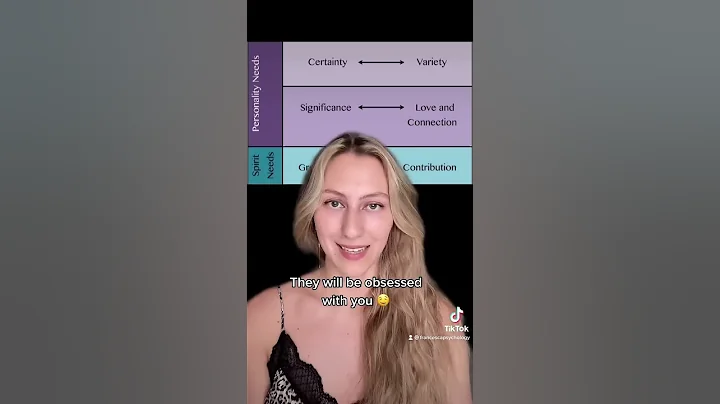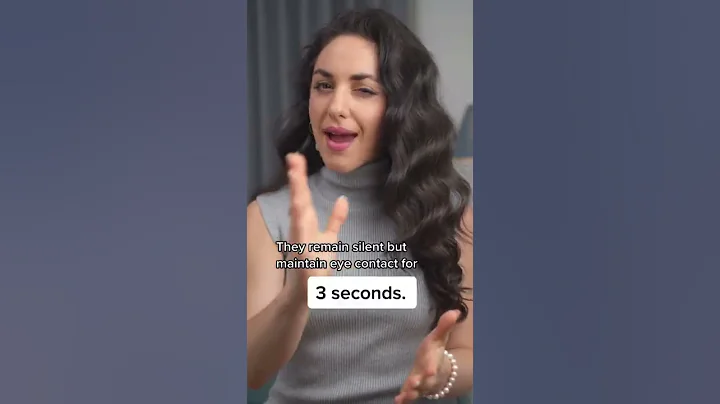
When their eyes met and interacted, it caused neurons to start firing in multiple areas of both brains, which explains the significance of social gaze.
Although not as romantic as the first time eyes meet and interaction occurs, A new study from Yale University was able to document that when two people's eyes meet, known as social gaze, this interaction occurs, multiple brains A surprisingly broad range of neuronal responses occurred in the region.
Steve Chang, associate professor of psychology and neuroscience at Yale, a member of the Wu Tsai Institute and the Kavli Institute for Neuroscience, and lead author of the study, said, "There are strong signals in the brain that are interactive Signs of Social Gaze."

The phenomenon of extracting information from the gaze of two people has been documented in art and literature for thousands of years, but scientists have had a hard time uncovering how the brain accomplishes this delicate feat. of. They have conducted extensive research on the neurobiology of social perception, often by scanning people's brains as they see specific static images, such as angry or happy faces, or direct or averting eyes. Still, the interaction of two people's minds—when they dynamically and mutually extract information from each other's eyes—can be difficult to grasp.
They found that during eye contact, specific social-modulating neurons trigger multiple brain regions at different times. For example, when one person initiates eye contact with each other, a group of neurons is activated, but when the person follows the other person's gaze, some neurons mark the relative distance between themselves and the other person's eyes, but when receiving the other person's gaze, some neurons When one person is gazing, there is still another set of neurons marking how close the other person is.

The areas of the brain where neuronal activation occurs provide clues as to how the brain evaluates the meaning of gaze. Surprisingly, during social gaze interactions, parts of the grid of neurons were activated, including the prefrontal cortex, the site of higher-level thinking for self-control and decision-making, and the amygdala , the center for processing emotion and evaluation.
Steve Chang says, “In addition to the amygdala, multiple areas of the prefrontal cortex are used to compute selective aspects of social gaze interactions, suggesting the importance of a more thoughtful role in social gaze interactions. sex."
Social gaze interactions may play a key role in shaping social connectivity, and the brain's prefrontal-amygdala network may enable this, he added.
Increase your knowledge!





















